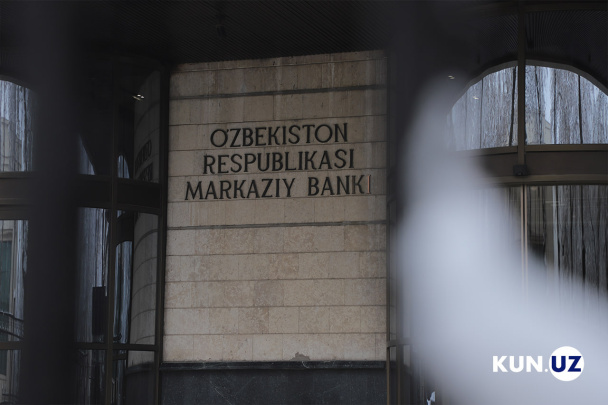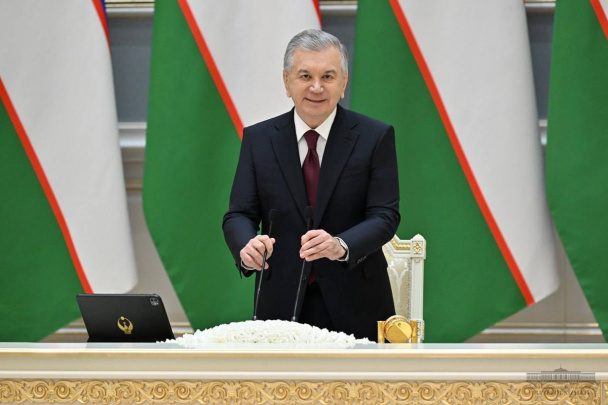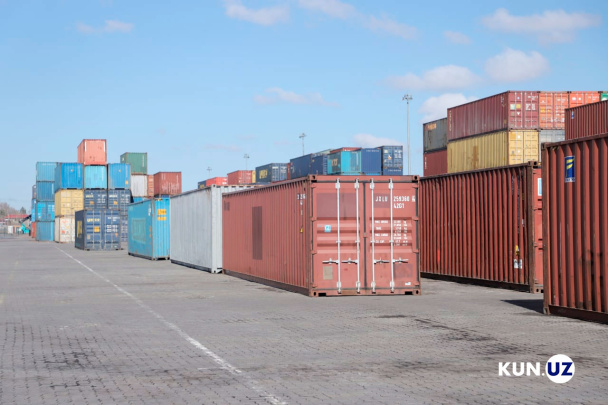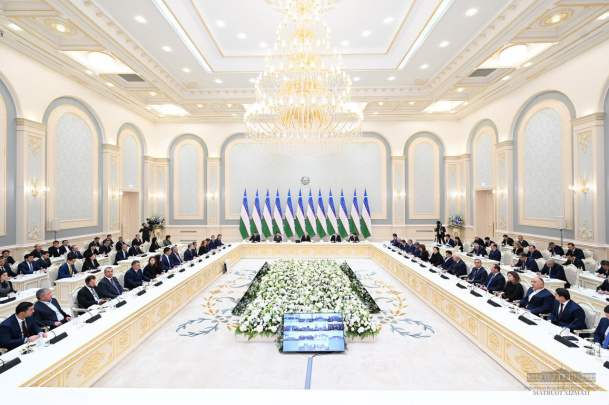Inflation forecasts dip in Uzbekistan amidst currency and fuel price stability
Currency exchange rate fluctuations and energy prices remain main contributors to the forecasts.
The inflation expectations of Uzbeks decreased slightly in March, according to a survey conducted by the Central Bank.
The average expected inflation rate over the next 12 months was 12.8%, down by 0.2 percentage points compared to February. The median indicator remained unchanged at 10.6%.
Tashkent returned to the first place with an expected inflation rate of 16.9%. Residents of the capital region and Samarkand estimated it at 14.3% and 13.6% respectively. The lowest indicators were noted in Jizzakh (9.9%), Karakalpakstan (10%), and Navoi (10.8%).
The most optimistic forecasts among professions were given by workers in the tourism business (10%), agriculture (10.4%), and commerce (10.6%). The highest estimates were among IT specialists (16.8%), constructors (14%), and banking workers (13.4%).
Currency exchange rate fluctuations maintain their leading position among factors influencing assessments (61%), followed by fuel prices (50%) and utility tariffs (42%). The proportion of speculative price surges increased (35%), while it decreased for transport expenses (29%).
For entrepreneurs, the average inflation rate fell by half a percent to 12.2%. The median forecast also remained unchanged (10.4%).
The tourism business provides the lowest inflation estimates for the year (10.8%), with lower rates for manufacturing and catering (11.5%). The highest estimates were given in the culture and entertainment sector (15%), IT (13.6%), and education (12.9%).
Among the business community, capital entrepreneurs rate future inflation the highest (14.4%), followed by Kashkadarya (13.3%) and Khorezm (13.2%). In Karakalpakstan (10.3%), Namangan (11.1%), and Bukhara (11.3%), inflation expectations were the lowest.
The main factor affecting business forecasts remained the currency exchange rate dynamics (61%), with energy prices in second place (44%). They are followed by utility rates (38%), transportation costs (33%), and raw material expenses (28%).
Related News

17:16
Uzbekistan’s Central Bank joins Islamic Financial Services Board to advance Islamic finance

16:35 / 21.12.2024
"We will reduce the poverty rate to 6% in the coming years" – Shavkat Mirziyoyev

16:33 / 21.12.2024
Uzbekistan’s foreign trade turnover nears $60 billion in 11 months

14:56 / 20.12.2024



